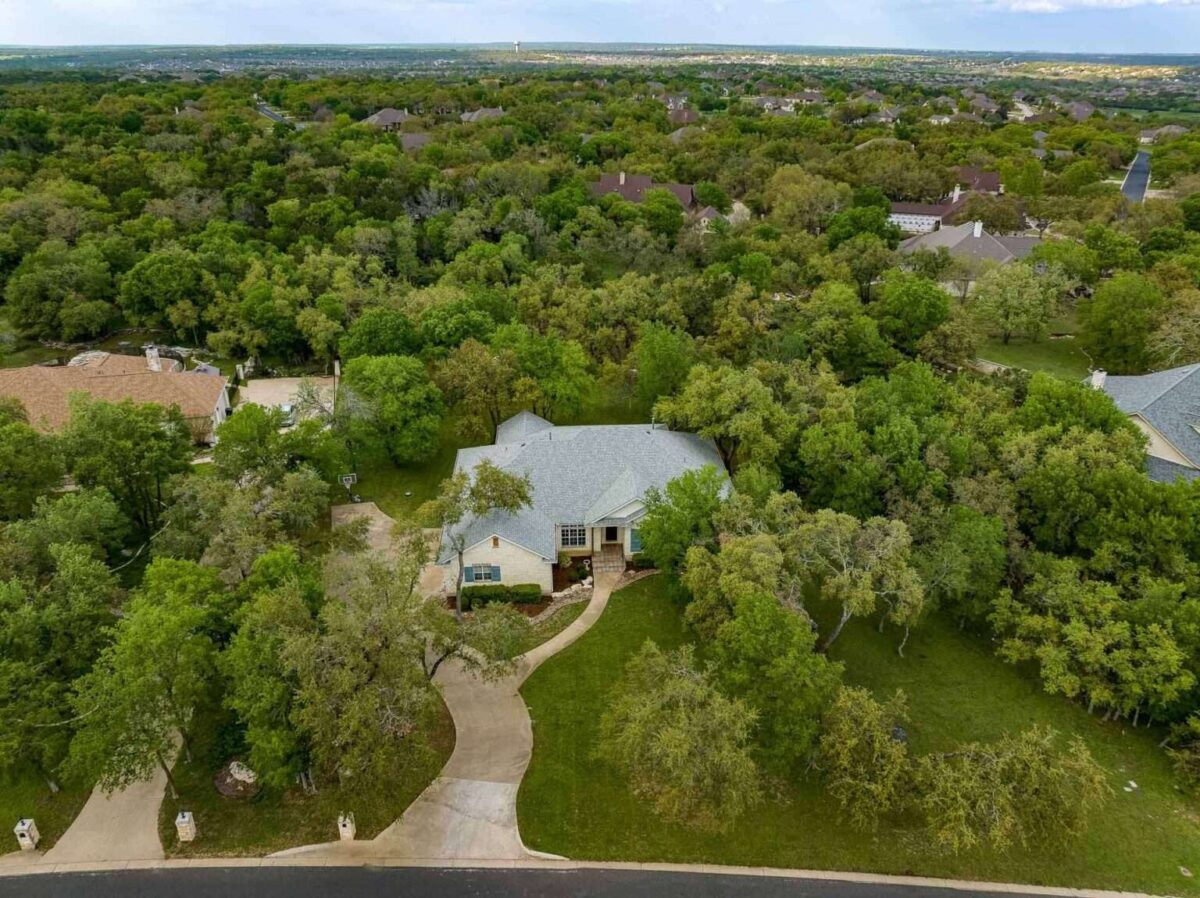The Impact of Real Estate Drone Photography: Enhancing Property Marketing and Sales

In the dynamic realm of real estate marketing, staying ahead often means embracing innovative technologies that enhance property visibility and appeal. One such technology, rapidly gaining prominence, is drone photography. This transformative tool is revolutionizing how properties are showcased, providing unparalleled perspectives that traditional methods cannot match. From sprawling estates to urban apartments, real estate drone photography offers a comprehensive visual narrative that captivates potential buyers and investors alike.
The Rise of Drone Photography in Real Estate
Drone technology has rapidly advanced over the past decade, making high-quality aerial photography and videography accessible to real estate professionals of all sizes. What once required expensive helicopters or planes can now be achieved with small, maneuverable drones equipped with high-resolution cameras. This accessibility has democratized aerial photography, allowing properties of all types—from sprawling estates to urban apartments—to benefit from stunning aerial views.
Understanding Real Estate Drone Photography
Drone photography involves the use of unmanned aerial vehicles (UAVs), commonly known as drones, equipped with high-resolution cameras. These drones capture images and videos from unique vantage points, ranging from bird’s eye views of entire properties to close-up shots highlighting architectural details. This capability allows real estate professionals to present properties in a compelling and immersive manner, significantly augmenting traditional photography and videography.
Advantages Over Traditional Photography
Aerial Perspectives: Perhaps the most significant advantage of drone photography is its ability to capture aerial views. Whether showcasing a property’s expansive grounds, proximity to amenities, or scenic surroundings, aerial photographs provide potential buyers with a comprehensive understanding of the property’s spatial context.
Enhanced Visual Appeal: High-resolution images and videos captured by drones offer superior clarity and detail compared to ground-based photography. This enhances the attractiveness of listings, making properties stand out in crowded marketplaces.
Cost Efficiency: While once considered a luxury, advances in drone technology have made aerial photography more accessible and cost-effective for real estate professionals. The initial investment in drone equipment is offset by the improved marketing capabilities and potential for faster sales.
Market Differentiation: In competitive real estate markets, utilizing drone photography sets listings apart from others. Properties presented with professional aerial imagery convey a sense of prestige and modernity, appealing to tech-savvy buyers and investors.
Applications in Real Estate Marketing
Real estate drone photography finds diverse applications across various sectors of the market:
Residential Properties: Drones capture the scale and features of homes and estates, showcasing amenities such as pools, gardens, and architectural details that ground-level photography may miss.
Commercial Real Estate: From office buildings to retail spaces, drones highlight strategic location advantages, parking facilities, and nearby infrastructure that influence investment decisions.
Vacation Rentals and Resorts: Aerial views effectively promote the scenic beauty and proximity to attractions, attracting vacationers seeking memorable accommodations.
Development Projects: Drones track construction progress, offering developers and investors real-time updates and promotional material for prospective buyers.
Legal and Ethical Considerations
While the benefits of real estate drone photography are vast, navigating legal and ethical considerations is crucial:
Regulatory Compliance: Operators must adhere to local aviation regulations, including obtaining necessary permits and licenses for commercial drone operations.
Privacy Concerns: Capturing images of neighboring properties or individuals without consent can lead to legal repercussions. Ensuring compliance with privacy laws and ethical standards is paramount.
Future Trends and Innovations
Looking ahead, advancements in drone technology promise even greater capabilities for real estate marketing:
Virtual Reality Integration: Combining drone-captured footage with virtual reality (VR) technology allows prospective buyers to experience properties remotely, enhancing engagement and decision-making.
Augmented Reality Tours: AR applications overlay property information onto drone-captured imagery, providing interactive tours and detailed property insights.
AI-Powered Analytics: Machine learning algorithms analyze drone footage to extract actionable data, such as foot traffic patterns, for optimizing property marketing strategies.
Conclusion
Real estate drone photography represents a paradigm shift in property marketing, offering unparalleled visual storytelling capabilities that transcend traditional methods. By harnessing the power of aerial perspectives and advanced imaging technologies, real estate professionals can elevate their marketing efforts, attract a broader audience, and expedite property sales. As the technology continues to evolve, its integration into mainstream real estate practices promises to redefine how properties are marketed and perceived in the digital age.
In essence, embracing real estate drone photography isn’t just about capturing images—it’s about shaping narratives, creating experiences, and forging connections that resonate with today’s discerning buyers and investors.








